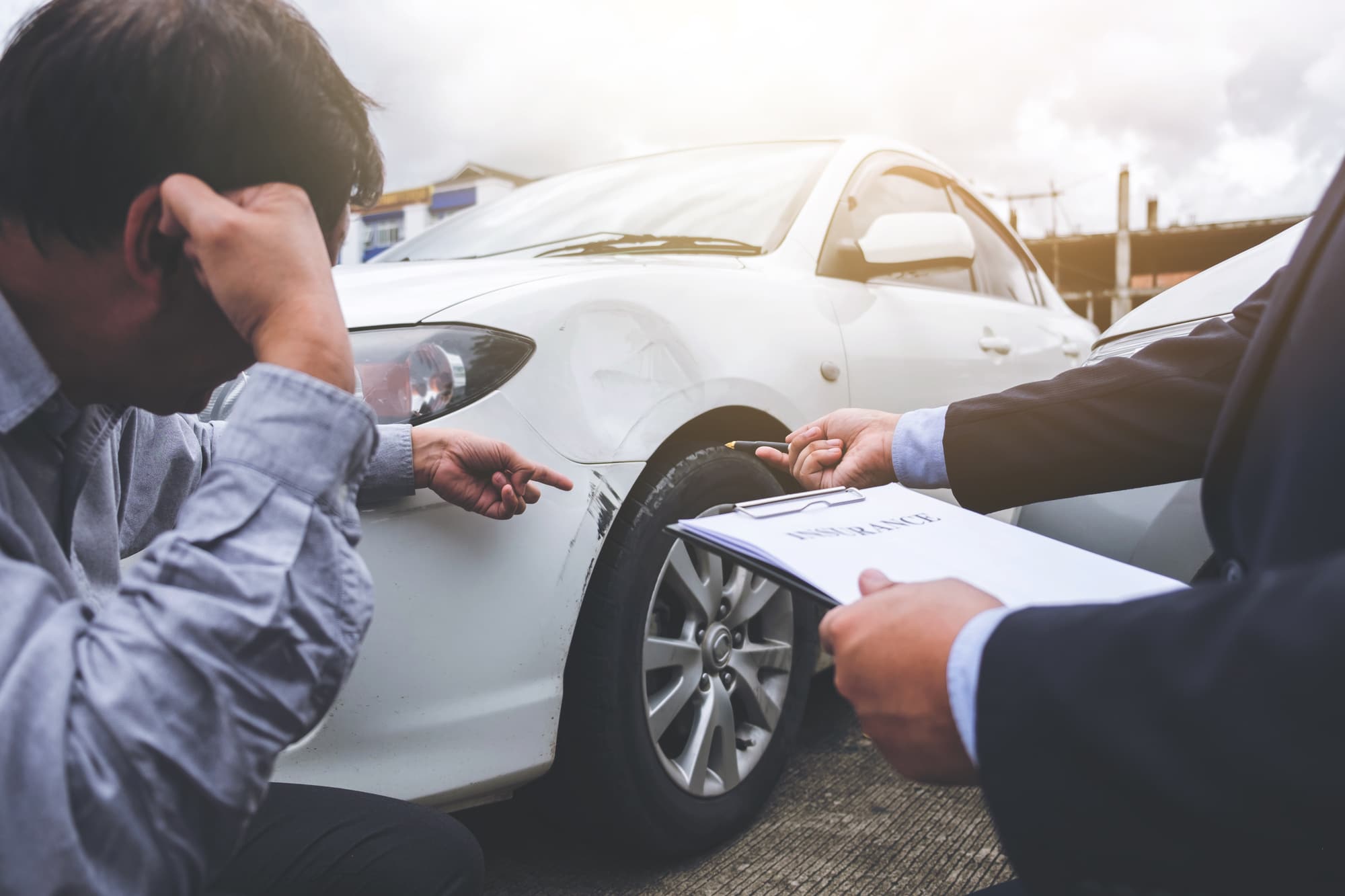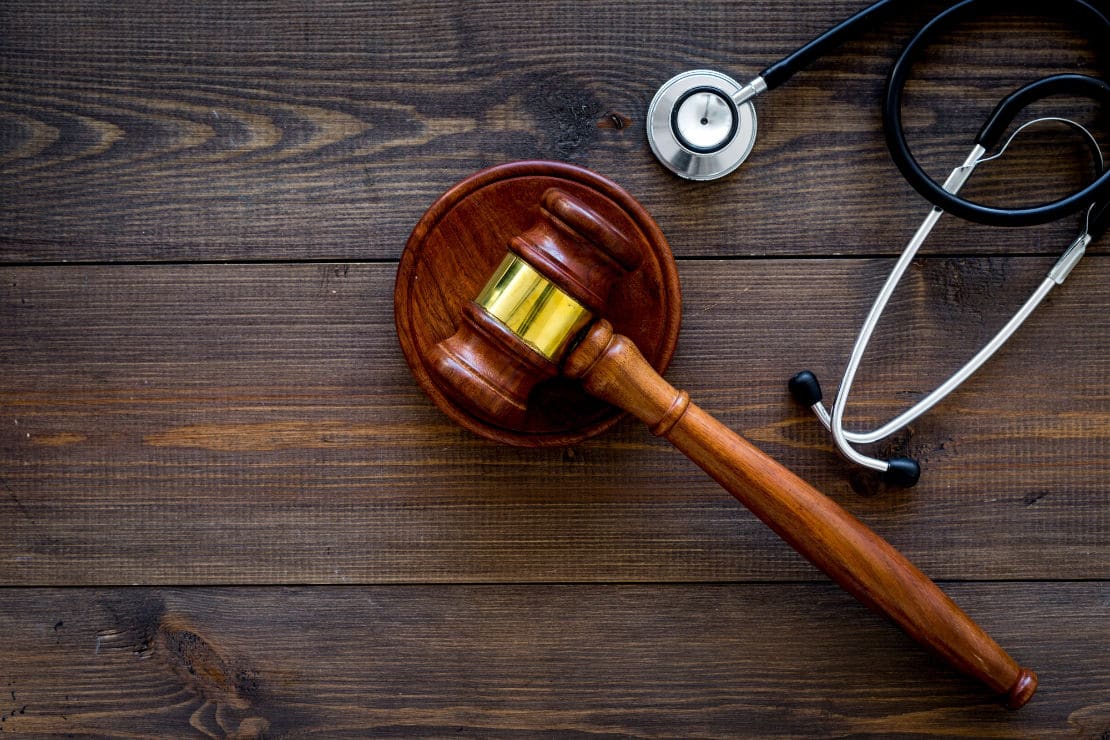7 Steps You Need to Take After the Crash When You’ve Been Involved in
Being in a car accident is one of the most terrifying things to go through. Here are 7 steps you need to take after the crash.
No matter how careful a driver you are, accidents happen to everyone. If you are like 31 percent of drivers on the road, you run the risk of getting into a speeding accident. And drivers have a 32 percent chance of being in an accident because of drunk driving.
Whether you are at fault for the accident or not, stay calm and stay there. Call 911 if you can, or get someone nearby to call. There are a few things that you need to do after the crash.
This article provides your 7 step checklist for when you’ve been involved in a car accident.
7 Steps You Need to Take After the Crash
If you have just been in a car accident you need to take care of a few things. The first is yourself and your passengers. Your emotions are running high and the cortisol is pumping.
Breathe and calm yourself enough to effectively manage the task at hand. Follow these steps after the crash:
1. Do Not Leave the Accident Scene
If you are the victim in a car crash, do not leave the scene of the crash. If you leave the scene, you give up your rights to press charges or sue for damages.
If a car accident fatality or serious injury takes place, immediately call 911.
If you are the cause of a car crash, you cannot leave. If you leave the scene, you commit the criminal act of a hit-and-run.
2. Check for Injuries
The very first thing is to assess the level of injury that has taken place. Ask if your passengers are alright and check the driver and passengers of the other car.
If anyone has suffered serious injuries, call 911 immediately. If an individual is rendered unconscious or suffering neck or back pain, tell them not to move– and don’t move them. The only time you should move an injured individual is when it would be dangerous for them to remain in their location.
3. Call the Police and Take Pictures
No matter how minor or major the damage is, always call the police to the scene of the accident. Ask to file a police report and record the identification information of the officer that responds.
Use the camera on your smartphone to take pictures of the damage while you wait for a police responder to arrive. Get pictures of the damage of your car and take video of the brake lights and turn signals. Proof that your signals and lights were functional at the time of the accident helps your insurance case.
Photo the other cars damage, license plate, and the affected surroundings. If there are skid marks on the road, take pictures. Your insurance company wants to know every last detail of the accident.
After you take photo and video of the damage, record yourself speaking through the events of the accident as they just occurred. This helps validate your recollection of events for the insurance company or in a courtroom.
4. Get and Give Information
Take pictures of the other driver’s identification, license plate, and insurance card. You need the driver’s license number, address, name, and insurance information. If you can’t take pictures then write the information down on paper.
Allow the other driver to do the same with your information and do not escalate tensions.
DO NOT APOLOGIZE!
It is very important that you do not apologize in any way to the other driver, whether you were at fault or not. If you say “I’m so sorry! Are you okay?” it admits guilt in the situation. If you admit guilt it affects your insurance claim and legal claim.
5. Get Witness Statements
If there is anyone who might have seen the accident take place, record their statements with your smartphone. A video or audio recording of witness testimony helps your claim. Record the name and contact information of each witness you interview.
6. Report to Your Insurance Company
After you are free to go, while you are still at the accident scene, call your insurance company. Tell your insurance representative exactly how the accident happened. Inform them of all the evidence you collected to support your claim, and they will tell you how to proceed.
If you give inaccurate facts or lie about anything you risk losing your claim and even your coverage.
Follow up with your insurance company whenever you receive new information regarding the accident. When the auto shop gets back to you about your vehicle evaluation, inform your insurance. When the police file your report, inform your insurance as to who is listed as at fault.
7. Talk to an Attorney
If your accident turns into a personal injury case, consult an attorney. Legal representation works to your benefit to prove your assertion of events. Insurance companies like to play hardball and it can get tricky without an attorney.
Final Thoughts
Accidents happen to everyone, so stay calm and follow these steps. In the best of worlds, the individual at fault for your accident is cooperative and kind, but often that is not the case. Legal representation helps cut through the red-tape that can keep you from receiving a full settlement.
If this article on what to do after the crash is helpful to you, share it with friends and family on social media. And subscribe to the newsletter for the most recent posts about your legal rights. Thanks for reading!



